7 Basics of Bus Rapid Transit
Insight
7 Basics of Bus Rapid Transit
-
1. Running-Ways
How do you put the "rapid" in bus rapid transit? Give buses dedicated right-of-way along the designated corridor. Separating buses from general traffic enables faster trips, creating an experience akin to light rail for riders.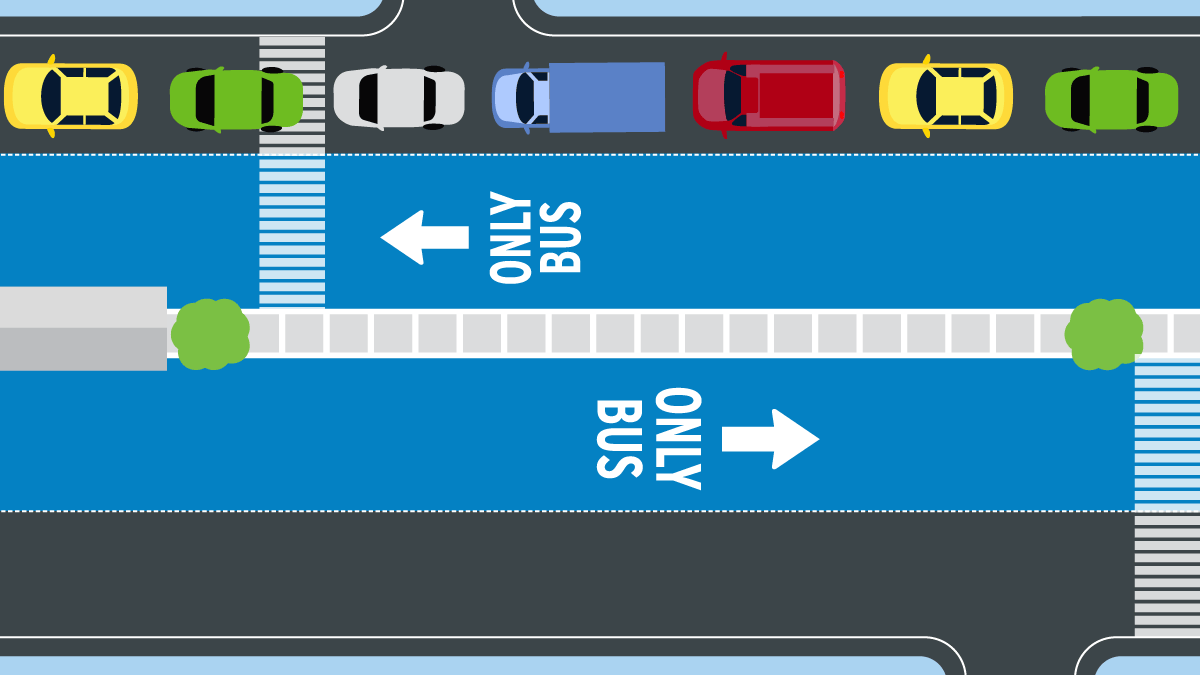 Quick FactsThe Chicago Transit Authority's Ashland Avenue alternatives analysis estimated that BRT would increase bus speeds by 83% through center-running, bus-only lanes.
Quick FactsThe Chicago Transit Authority's Ashland Avenue alternatives analysis estimated that BRT would increase bus speeds by 83% through center-running, bus-only lanes.Watch This Brief Breakdown
-
2. Stations
BRT stations are a key component of any successful BRT system. They help brand the BRT and attract riders, provide accessibility for all, facilitate efficient boarding, and offer shelter and safety to riders.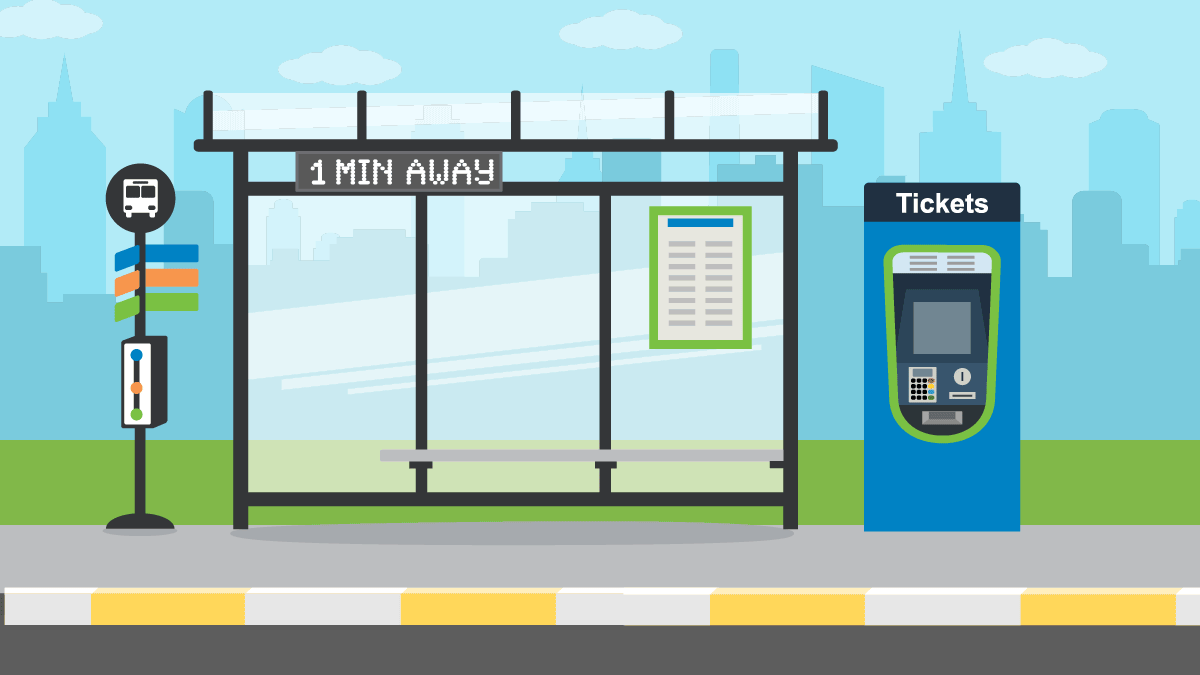 Quick FactsThe Silver Line in Michigan incorporates snowmelt systems in its station platforms to keep them clear in winter.
Quick FactsThe Silver Line in Michigan incorporates snowmelt systems in its station platforms to keep them clear in winter.Watch This Brief Breakdown
-
3. Vehicles
A variety of bus options are available for BRTs, with differences in size, design, propulsion, internal configuration and horizontal/longitudinal control. How the bus is configured influences the BRT's performance, capacity and service quality.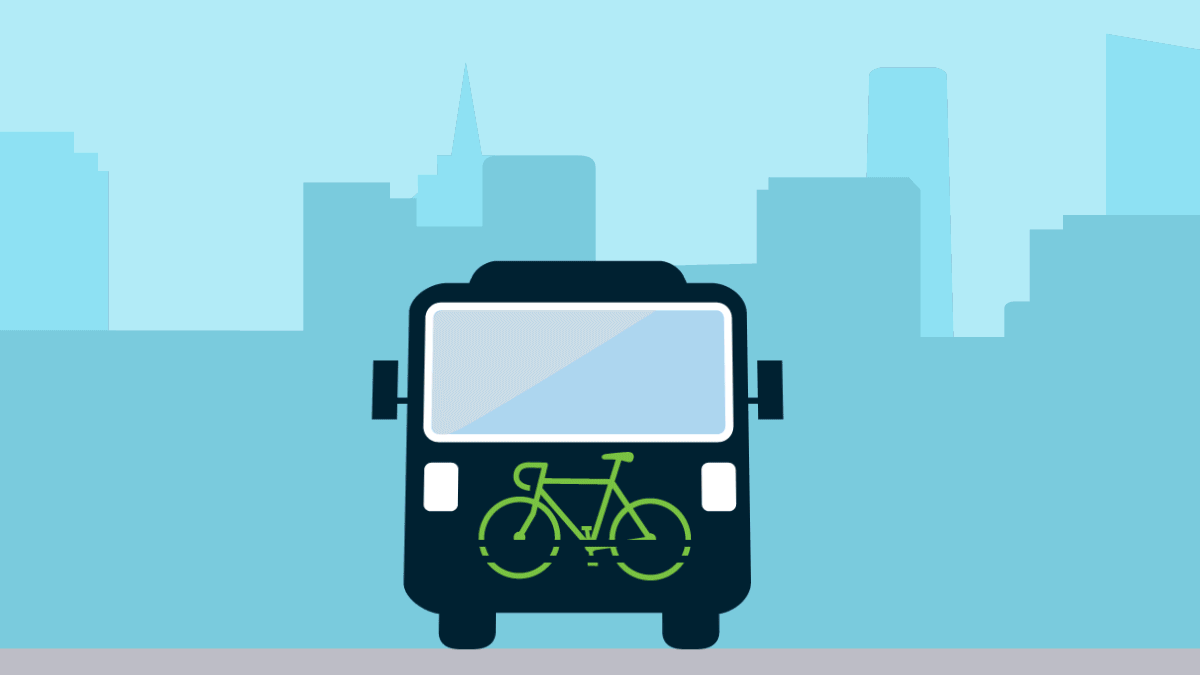 Quick FactsSeattle's Madison Street BRT is designed to use an innovative five-door electric trolley fleet of 13 buses that connected to an overhead contact system.
Quick FactsSeattle's Madison Street BRT is designed to use an innovative five-door electric trolley fleet of 13 buses that connected to an overhead contact system.Watch This Brief Breakdown
-
4. Off-Board Fare Collection
Nothing is worse for a bus rider than waiting to pay on board behind a logjam of other passengers. BRT eliminates those delays by collecting fares off-board.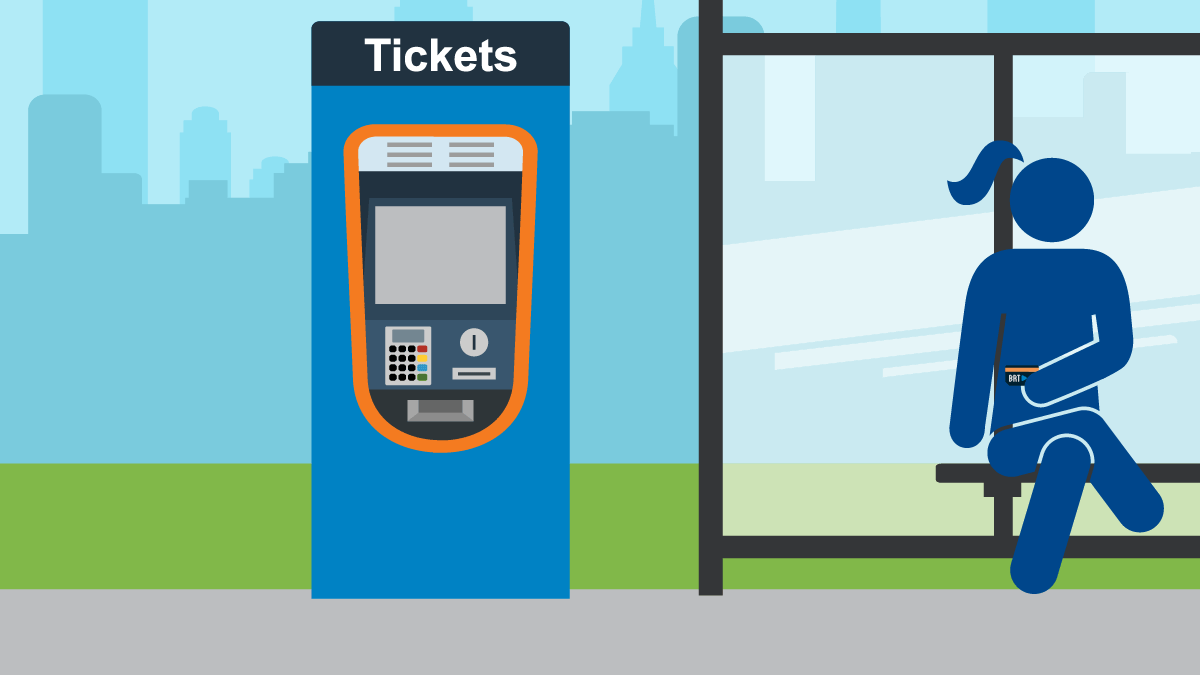 Quick FactsAccording to brtdata.org, 415,156 passengers are served per day by 23 BRT corridors in the United States. And more than 205 cities in the world operate some form of BRT.
Quick FactsAccording to brtdata.org, 415,156 passengers are served per day by 23 BRT corridors in the United States. And more than 205 cities in the world operate some form of BRT.Watch This Brief Breakdown
-
5. Intelligent Transportation Systems
BRT reliability can be attributed to intelligent transportation systems that give buses signal priority, keeping them moving rapidly along the corridor, and giving riders real-time alerts on bus arrival times.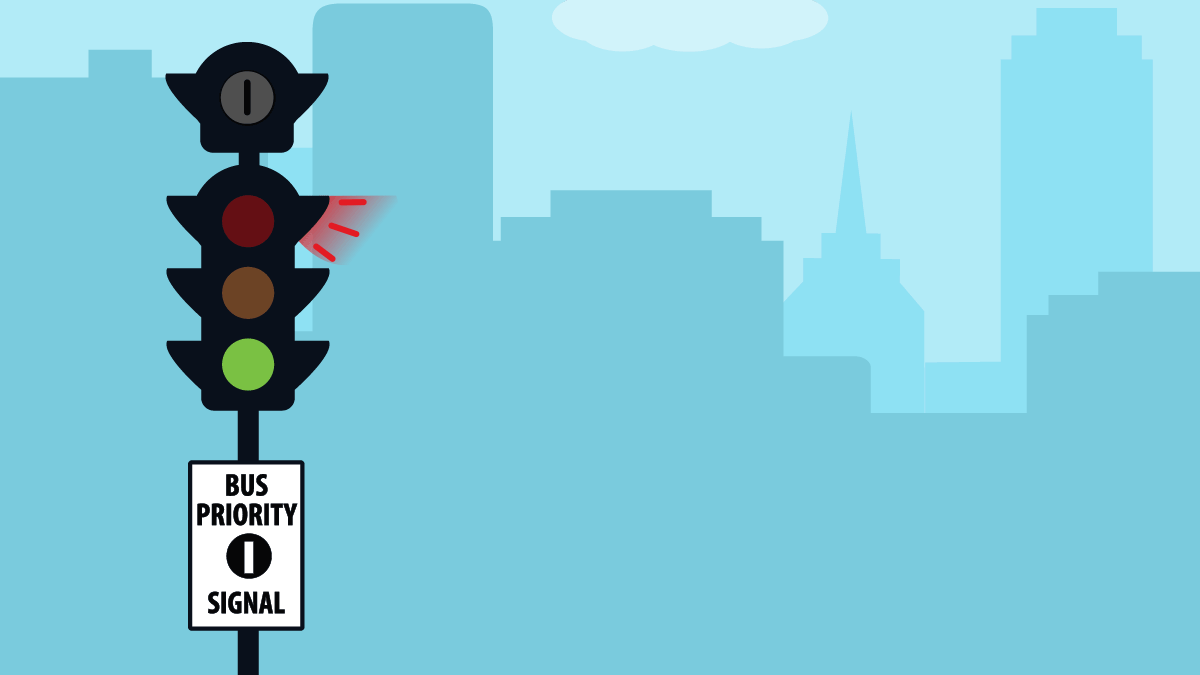 Quick FactsTravel times decreased 27% on Euclid Avenue thanks to the HealthLine BRT and its traffic signal prioritization systems.
Quick FactsTravel times decreased 27% on Euclid Avenue thanks to the HealthLine BRT and its traffic signal prioritization systems.Watch This Brief Breakdown
-
6. Service and Operation Plan
Realizing BRT's benefits means creating a service and operation plan that matches the demands for service. In designing their plans, agencies should consider population and employment forecasts, how to facilitate multimodal access, and how to make connections to other transit lines.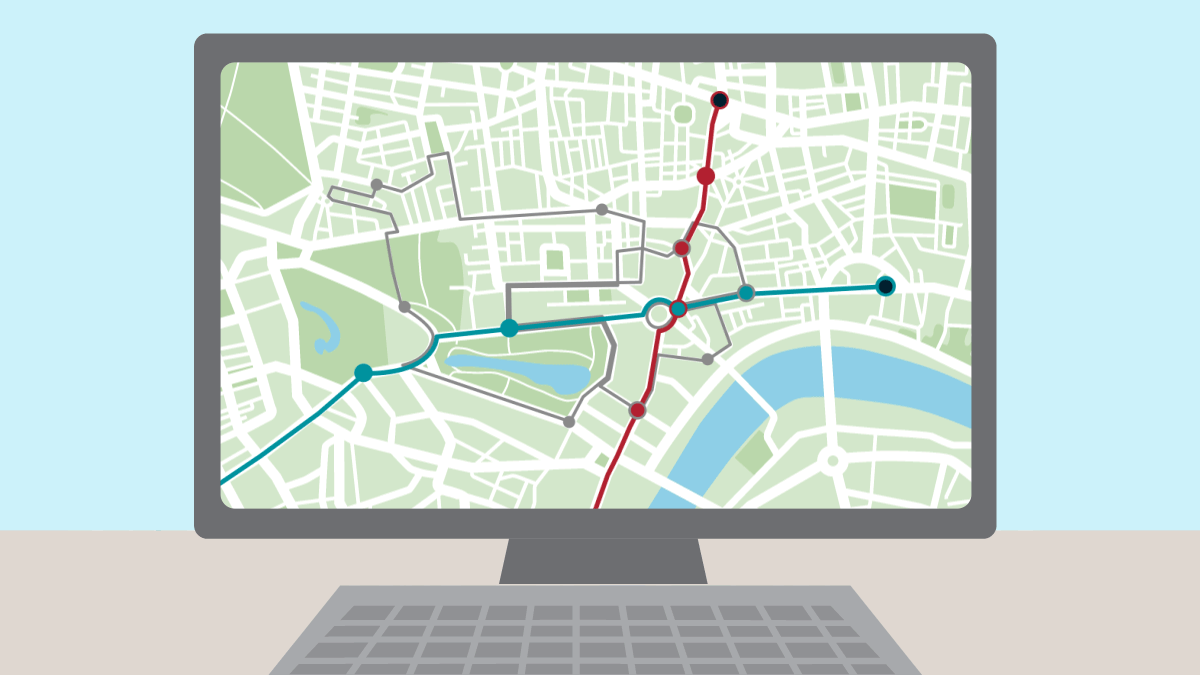 Quick FactsSeattle DOT's Roosevelt to Downtown High Capacity Transit project features a 7.5-mile BRT corridor that prioritizes bicycles access and connections to existing streetcar and bus service.
Quick FactsSeattle DOT's Roosevelt to Downtown High Capacity Transit project features a 7.5-mile BRT corridor that prioritizes bicycles access and connections to existing streetcar and bus service.Watch This Brief Breakdown
-
7. Branding
Branding differentiates BRT from other conventional transit service and makes it identifiable in the eyes of the public. It also improves marketability, helping agencies communicate the value that BRT is bringing to the public.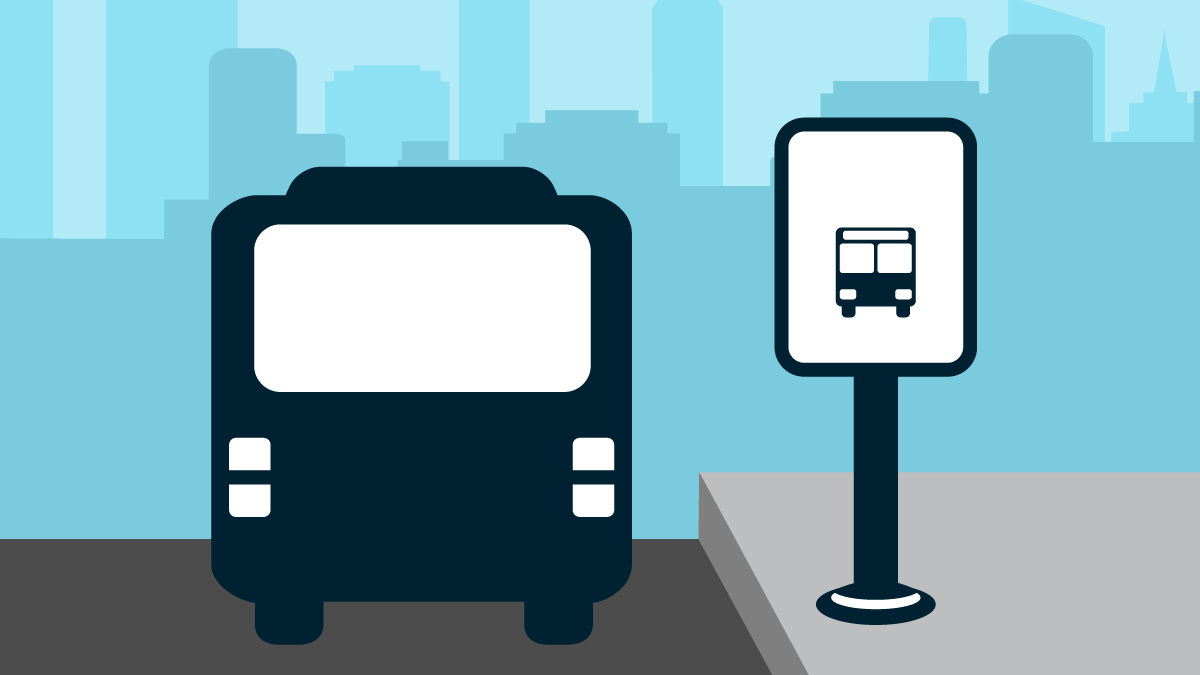 Quick FactsCleveland's HealthLine BRT, which CDM Smith designed, helped spur more than $6 billion in transit-oriented development along its corridor.
Quick FactsCleveland's HealthLine BRT, which CDM Smith designed, helped spur more than $6 billion in transit-oriented development along its corridor.Watch This Brief Breakdown
Related Capabilities
Insight
Is Autonomous Bus Rapid Transit the Next Evolution of BRT?
http://www.masstransitmag.com/article/12270117/is-autonomous-bus-rapid-transit-the-next-evolution-of-brt
CDM Smith practice leader Tim Sorenson explores the future of BRT and the opportunities that are presented by autonomous vehicle integration in this Mass Transit Magazine feature.
